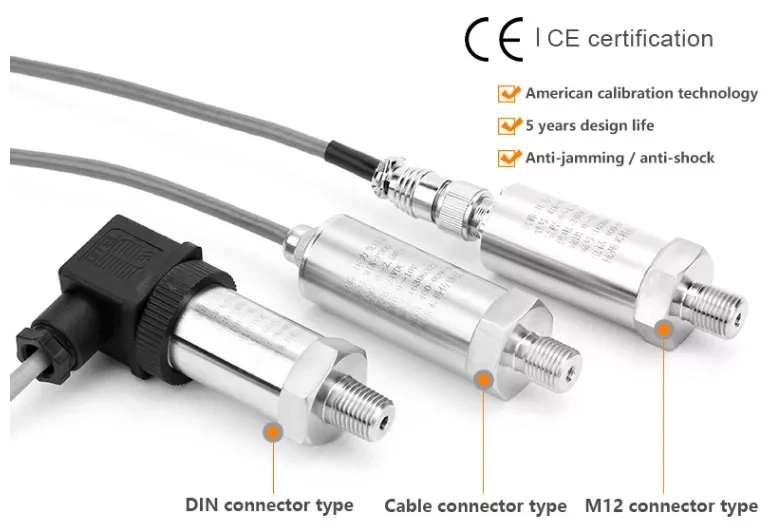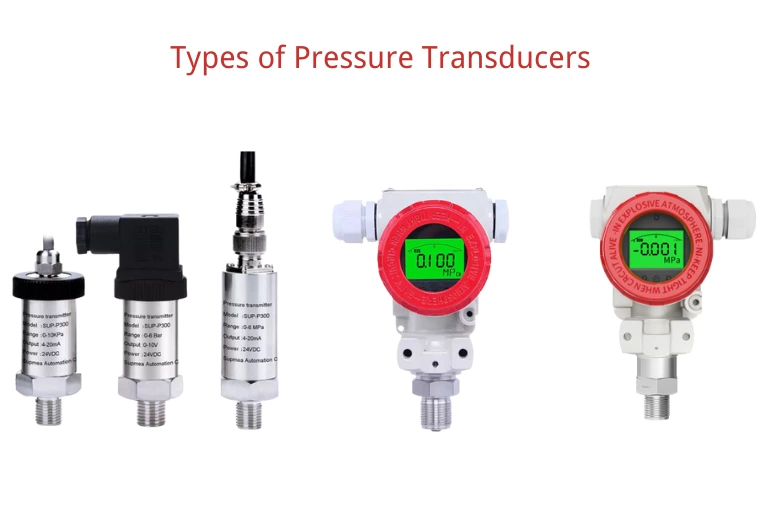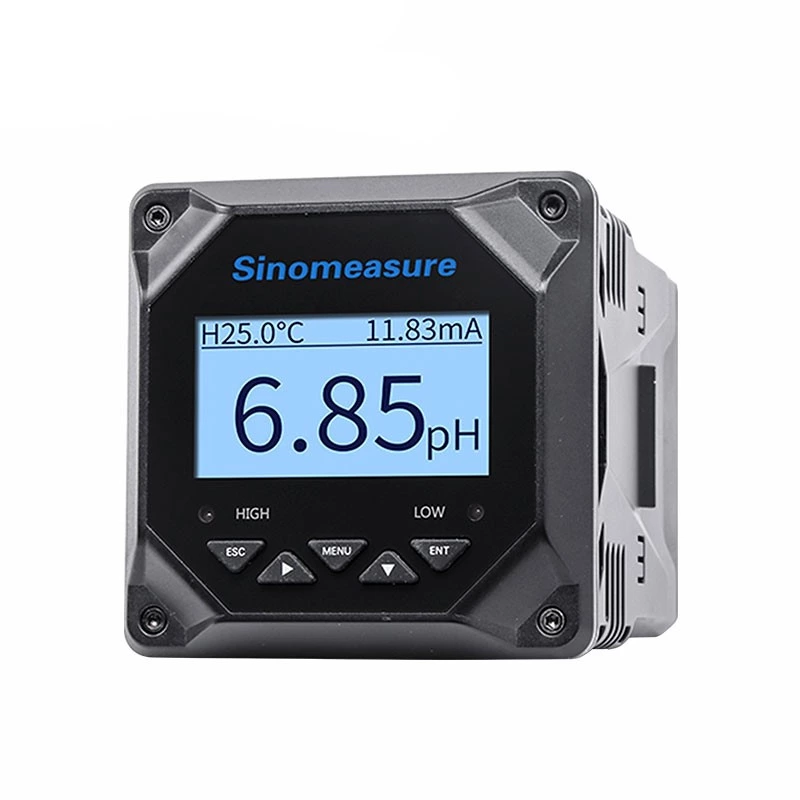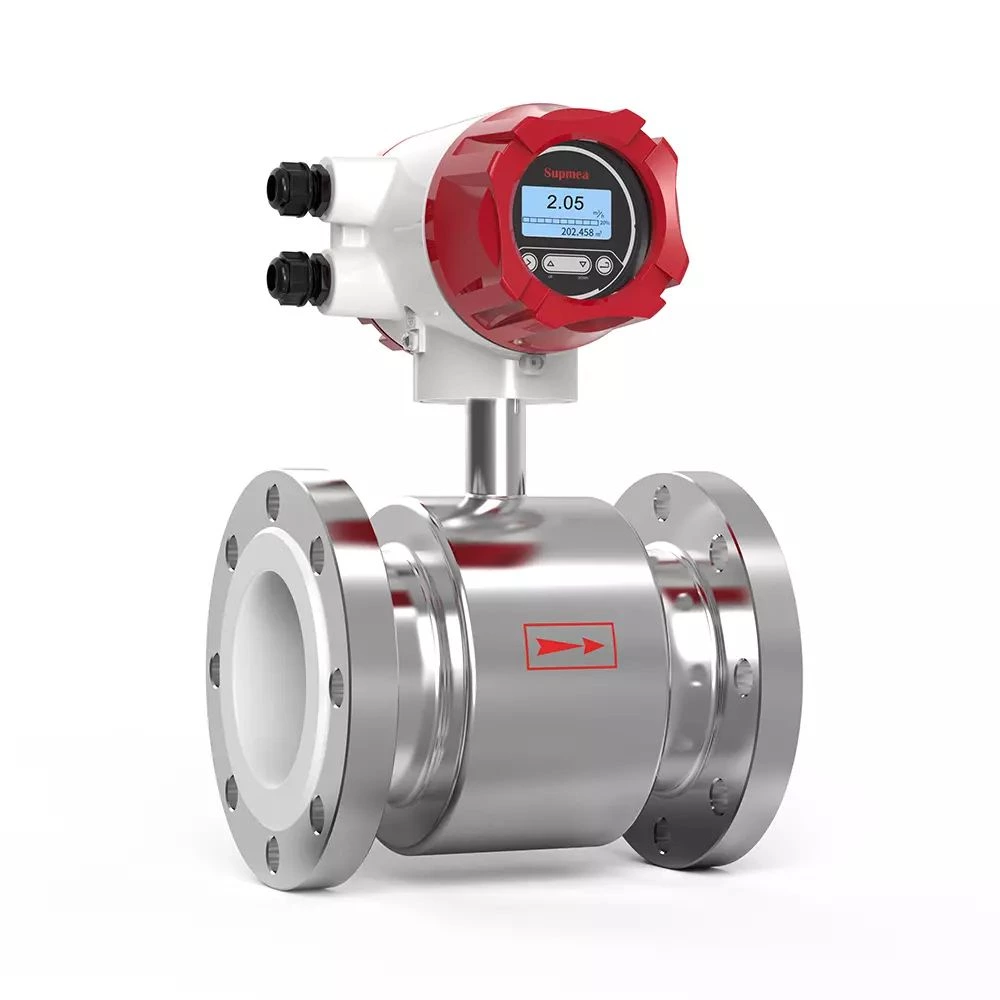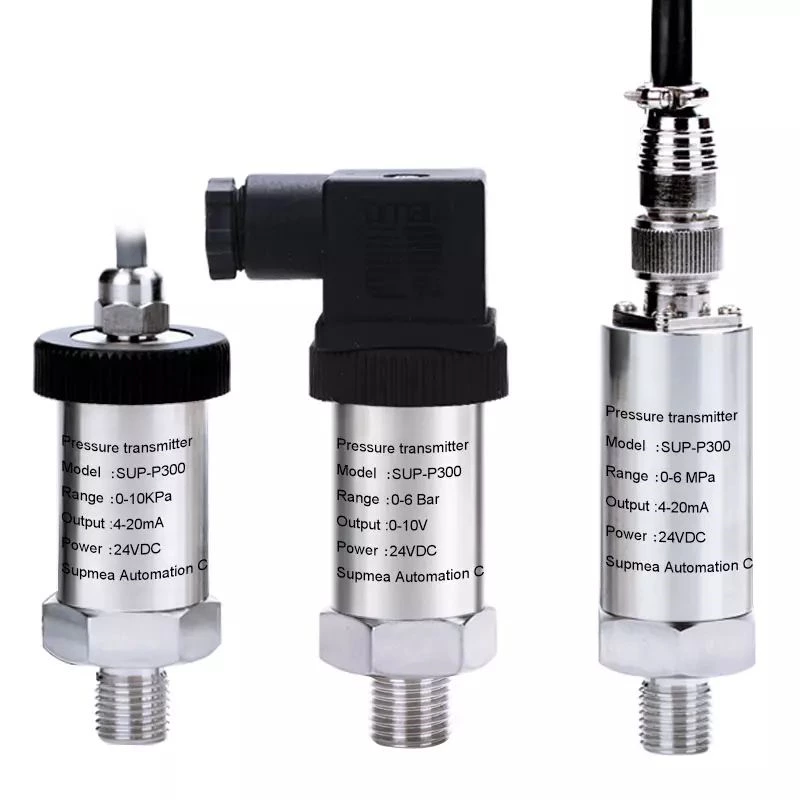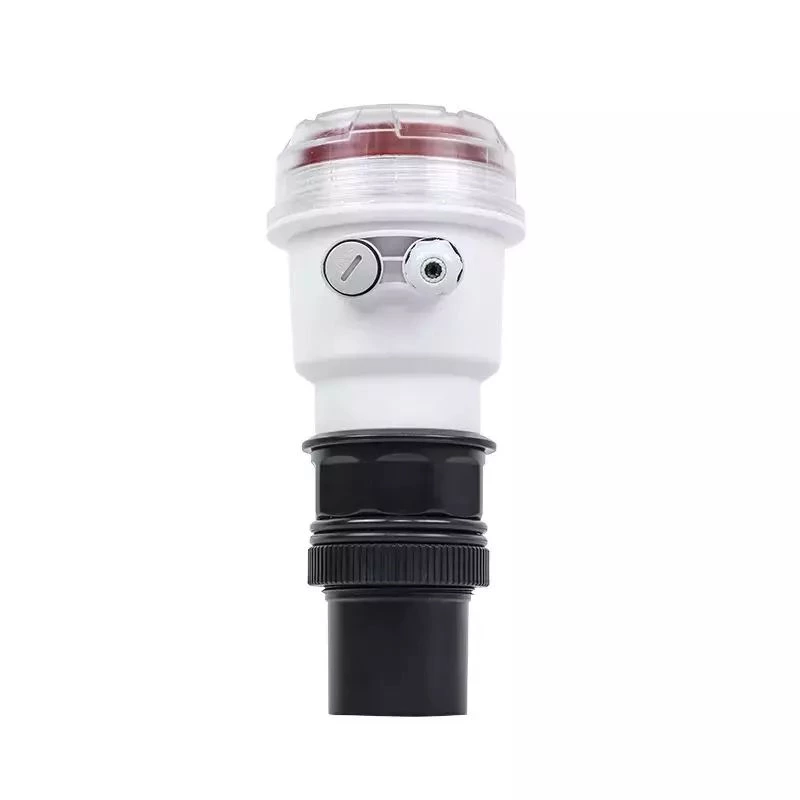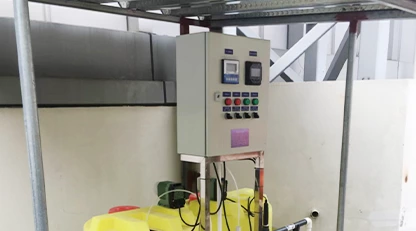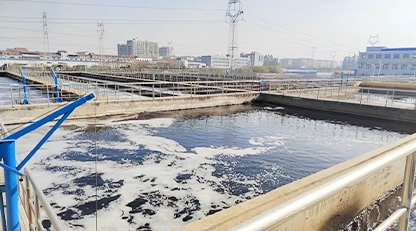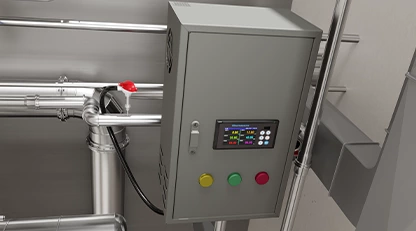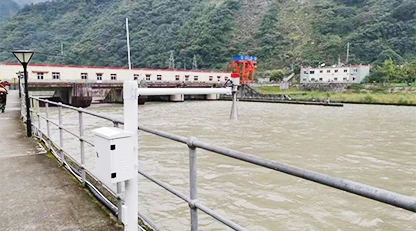What is a Pressure Transducer?
A pressure transducer, also known as a pressure sensor, is a device that converts a pressure measurement into an electrical signal. The transducer typically consists of a sensing element that changes its resistance, capacitance, or voltage level in response to changes in pressure. This change is then measured and converted into an electrical signal that can be used to display or record the pressure reading.
Pressure transducers are used in a wide range of applications, including automotive, aerospace, medical, and industrial settings.
They can be used to measure gas and liquid pressures in a variety of environments, such as in pipelines, tanks, and engines. They are also used in hydraulic and pneumatic systems to measure fluid pressure and control system operation.
Pressure transducers can be designed to measure specific types of pressure, such as gauge pressure, absolute pressure, or differential pressure. They can also be manufactured with different accuracy levels, temperature ranges, and response times to meet specific application requirements.
Types of Pressure Transducers (Based On Measured Pressure)
Absolute Pressure Transducers: These transducers measure the pressure relative to absolute zero pressure, which is considered to be a vacuum. These transducers are primarily used in applications where atmospheric pressure changes frequently.
Gauge Pressure Transducers: These transducers measure the pressure of a system with reference to atmospheric pressure. These transducers are commonly used in applications such as monitoring the pressure in tires, pipelines, and storage tanks.
Differential Pressure Transducers: These transducers measure the difference in pressure between two points in a system. They are commonly used in applications such as flow measurement, filter monitoring, and liquid level measurement.
Vacuum Pressure Transducers: These transducers measure the pressure below atmospheric pressure. They are commonly used in applications such as vacuum packaging, vacuum pumps, and vacuum chambers.
Sealed Pressure Transducers: These transducers measure the pressure inside a sealed container or system. They are commonly used in applications such as pressure measurement in sealed systems, such as hydraulic and pneumatic systems.
Compound Pressure Transducers: These transducers measure a combination of positive and negative pressure. They are commonly used in applications such as measuring pressure in combustion engines and compressors.
What is Absolute Pressure?
Absolute pressure is the total pressure exerted by a fluid, including atmospheric pressure, measured relative to a perfect vacuum. It is the pressure measured with respect to an absolute vacuum, and it is not influenced by changes in atmospheric pressure. In other words, absolute pressure is the sum of the atmospheric pressure and the pressure created by the fluid itself. The most common unit of measurement for absolute pressure is the pascal (Pa). Absolute pressure is used in many applications, including vacuum systems, gas storage tanks, and high-pressure systems.
What is Gauge Pressure?
Gauge pressure is the pressure measured relative to atmospheric pressure. It is the difference between the absolute pressure and the local atmospheric pressure. Gauge pressure is commonly used in applications where the pressure inside a system is measured relative to the surrounding atmospheric pressure, such as measuring the pressure inside a tire or a boiler. Gauge pressure is often measured in pounds per square inch (psi), bars or kilopascals (kPa). In a gauge pressure measurement, atmospheric pressure is taken as zero or reference and the pressure inside the system is measured relative to it. Gauge pressure readings can be positive or negative, depending on whether the pressure inside the system is above or below atmospheric pressure.
What is Differential Pressure?
Differential pressure is the difference between two pressures in a system. It is the pressure drop that occurs between two points in a fluid system. Differential pressure is commonly used to measure fluid flow, filter clogging, or liquid level. A differential pressure measurement can be taken using two separate pressure sensors. One sensor is placed upstream of the point where the pressure drop occurs, and the other sensor is placed downstream of the point of pressure drop. The difference between the two pressure readings is the differential pressure. Differential pressure can be measured in various units, such as pounds per square inch (psi), Pascal (Pa), or bars. Differential pressure is a critical measurement in many industrial applications, including oil and gas refineries, chemical plants, and water treatment facilities.
The Electrical Output of Pressure Transducers
The electrical output of a pressure transducer is typically a voltage or current signal that represents the measured pressure. The output signal depends on the technology used in the pressure transducer, the type of pressure being measured, and the intended application. The most common types of electrical outputs for pressure transducers are:
Analog Voltage Output: This type of output produces a variable voltage signal that is proportional to the measured pressure. The voltage output is commonly 0-5 V DC or 0-10 V DC.
Analog Current Output: This type of output produces a variable current signal that is proportional to the measured pressure. The current output is commonly 4-20 mA or 0-20 mA.
Digital Output: This type of output produces a digital signal that represents the measured pressure. Digital outputs can be in various formats, including RS232, RS485, CANBUS, MODBUS, HART, and PROFIBUS.
Frequency Output: This type of output produces a frequency signal that is proportional to the measured pressure. The frequency output is commonly used in applications where the transducer needs to be installed at a remote location, and the signal needs to be transmitted over long distances.
The choice of electrical output for a pressure transducer depends on the specific application, the measurement range, the accuracy required, and the available signal conditioning equipment.
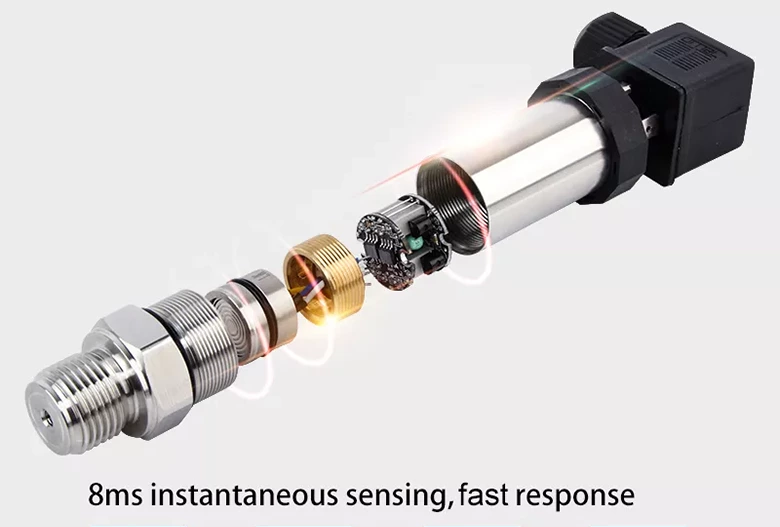
What is a Millivolt Output Pressure Transducer?
Millivolt output pressure transducers are pressure measurement devices that produce a low-level electrical signal that is proportional to the measured pressure. In this type of transducer, the output signal is usually in millivolts (mV), such as 10mV or 100mV.
Millivolt output pressure transducers are typically made from a strain gauge bonded to a pressure-sensing diaphragm. The strain gauge converts the pressure-induced strain on the diaphragm into a low-level electrical signal. This signal is then amplified for processing and transmission to the control system.
One of the main advantages of millivolt output pressure transducers is their simplicity and reliability. They require minimal signal conditioning and are easy to install and operate. They are also suitable for high-temperature and high-pressure applications, where other types of pressure transducers may not be suitable.
However, millivolt output pressure transducers are typically less accurate and have lower resolution than pressure transducers with digital or analog outputs. They also require a dedicated signal conditioning system to amplify the low-level mV signal to a usable level for the control system.
What is a Voltage Output Pressure Transducer?
A voltage output pressure transducer is a device that converts pressure into an electrical voltage signal. It typically consists of a sensing element, which is the part of the transducer that is exposed to the pressure being measured, and an electronic circuit that amplifies and converts the signal produced by the sensing element into a voltage output. The voltage output is proportional to the pressure being measured and can be used to provide feedback to control systems, data acquisition systems, or displays. Voltage output pressure transducers are commonly used in industrial and scientific applications where accurate and reliable pressure measurement is critical.

What is Current Output Pressure Transducer?
A current output pressure transducer is a device that converts pressure into an electrical current signal. The transducer typically consists of a sensing element that is exposed to the pressure being measured, an electronic amplifier that converts the small sensing element output into a larger current output signal, and a power supply that powers the amplifier. The current output signal is proportional to the pressure being measured and can be used by control systems, data acquisition systems, or displays. Current output pressure transducers are commonly used in industrial control and automation applications where long cable runs are required, as they can maintain signal integrity over long distances better than voltage output transducers.
What is 4-20 mA Output Pressure Transducer?
A 4-20 mA output pressure transducer is a type of current output pressure transducer that provides a current output signal proportional to the pressure being measured. The output signal typically ranges from 4 mA to 20 mA, with 4 mA representing the minimum pressure and 20 mA representing the maximum pressure. The 4-20 mA output signal is widely used in process control and automation applications because it provides a linear and stable signal that is immune to electrical noise and can travel long distances without significant signal degradation. Additionally, the 4-20 mA signal can be easily converted into other electrical signals or transmitted wirelessly using appropriate devices.
How to choose Pressure Transducers?
There are several key factors to consider when choosing a pressure transducer:
Pressure range: Ensure that the pressure transducer can measure the full range of pressures needed for your application.
Accuracy: Consider the required accuracy of the pressure measurements, and choose a transducer with suitable accuracy specifications.
Output signal: Determine the type of output signal required for your application (voltage or current), and choose a transducer with the appropriate output signal.
Electrical requirements: Consider the power supply voltage, current consumption, and wiring requirements of the pressure transducer, and ensure they are compatible with your application.
Environmental conditions: Take into account the environmental conditions where the pressure transducer will be used, including temperature, humidity, and vibration, and choose a transducer that is suitable for those conditions.
Physical size and mounting: Ensure that the pressure transducer fits in the space available and can be mounted in the required location.
Cost: Finally, balance the performance and features needed for your application with the cost of the pressure transducer to ensure that it provides good value for money.
By considering these factors, you can choose the right pressure transducer for your application.

